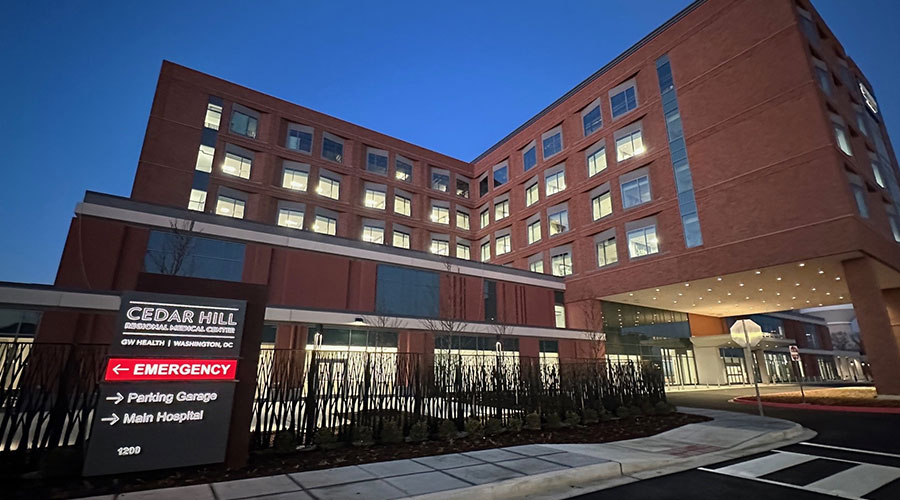Q: We have a building that is next to our hospital that is an imaging center, that is not a healthcare occupancy. Are we allowed to take patients from the hospital into the imaging center for diagnosis purposes?
A: Section 19.1.3.4.2 of the 2012 Life Safety Code says ambulatory care facilities, medical clinics, and similar facilities that are contiguous to health care occupancies shall be permitted to be used for diagnostic and treatment services of inpatients who are capable of self-preservation. This section is new to the 2012 Life Safety Code and was not found in previous editions. The Handbook for the 2012 Life Safety Code says this requirement is intended to permit one, two or three ambulatory inpatients to visit doctor’s offices simultaneously in an adjacent business occupancy, for example, without requiring classification of the business occupancy as a healthcare facility.
But, there are caveats to this section that need to be reviewed.
1. Section 19.1.3.4.2 says the facility needs to be contiguous to the healthcare occupancy. This means it has to be physically connected to the healthcare occupancy. Does your imaging center meet that requirement? I do not believe a portable trailer would qualify as being contiguous, if that is what you have. I also do not believe it would be acceptable if there is a different occupancy classification between the healthcare occupancy and your imaging center. Make sure the imaging center is actually physically connected to the healthcare occupancy.
2. Only ambulatory inpatients may be taken from the healthcare occupancy into the contiguous facility for diagnosis or treatment services. This would mean patients need to be able to walk into and out under their own power without the assistance from others, and they can take action for self-preservation without the assistance from others. This does not mean they have to walk under their own power, but only that they are able to do so.
My recommendation to you is to use section 19.1.3.4.2 to your advantage. If your imaging center qualifies under 19.1.3.4.2 and the inpatients going there are fully ambulatory and capable of self-preservation, and you have no more than 3 inpatients in the contiguous facility at a time, then you would qualify under 19.1.3.4.2. Use it until you are told by an AHJ that you cannot use it. So far, I have not seen anything from CMS or the accreditation organizations that would prevent you from using this section of the LSC to your advantage.
Brad Keyes, CHSP, is the owner of KEYES Life Safety Compliance, and his expertise is in the management of the Life Safety Program, including the Environment of Care and Emergency Management programs.

 Design Plays a Role in the Future of Healthcare
Design Plays a Role in the Future of Healthcare Cedar Hill Regional Medical Center GW Health Officially Opens
Cedar Hill Regional Medical Center GW Health Officially Opens Designing Healthcare Facilities for Pediatric and Geriatric Populations
Designing Healthcare Facilities for Pediatric and Geriatric Populations Kaiser Permanente Announces New Hospital Tower at Sunnyside Medical Center
Kaiser Permanente Announces New Hospital Tower at Sunnyside Medical Center Building Disaster Resilience Through Collaboration
Building Disaster Resilience Through Collaboration